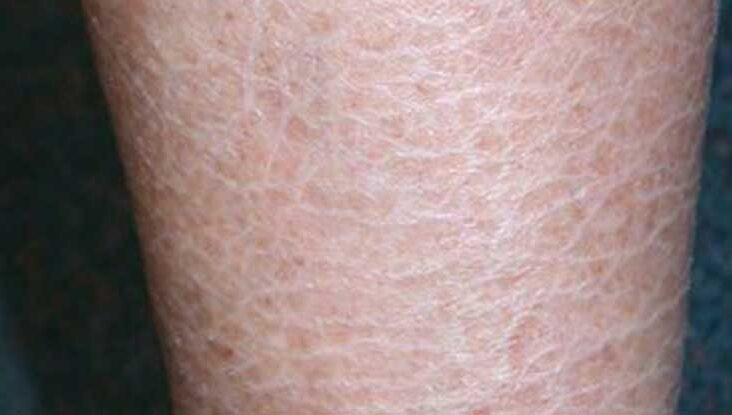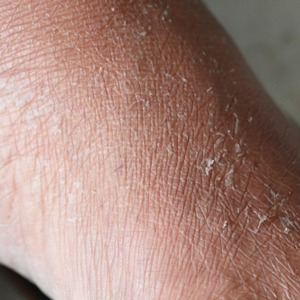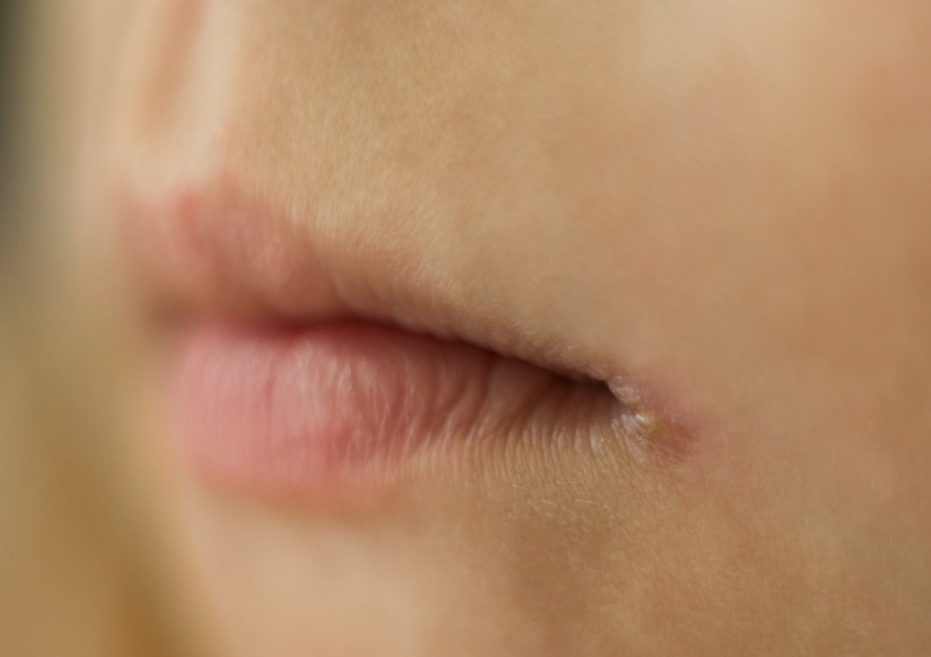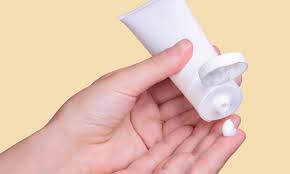Definition
Ichthyosis, derived from the Greek word “ichthys” meaning fish, is a hereditary skin disorder where dead skin cells accumulate, forming thick, dry scales on the skin's surface. Due to its fish-like appearance, this condition is also known as fish scale disease or fish skin disease. It can be present at birth but usually manifests in early childhood.
Ichthyosis vulgaris is one of 20 different types of ichthyosis and is the mildest form. Approximately 95% of ichthyosis cases are ichthyosis vulgaris. Although most cases are mild, some can be severe.
Occasionally, this disorder is accompanied by other skin conditions such as allergic dermatitis or eczema. Allergic dermatitis occurs in 50% of people with ichthyosis vulgaris, and 8% of those with allergic dermatitis exhibit symptoms of ichthyosis vulgaris. When severe ichthyosis vulgaris coexists with allergic dermatitis, the dermatitis tends to appear earlier, be more intense, and persist into adulthood. Additionally, the risk of asthma, nasal allergies, and food allergies is elevated in individuals with ichthyosis.
Causes
Ichthyosis vulgaris is typically caused by genetic abnormalities inherited from one or both parents. Children who inherit the abnormal gene from one parent will have a mild form of the disease. Those who inherit the abnormal gene from both parents will experience a more severe form. However, parents do not need to have the disease to pass on the gene.
Adults can also develop ichthyosis vulgaris, although it is rare. When it occurs in adults, it is called acquired ichthyosis. This form arises from diseases or medications and is due to genetic abnormalities. Conditions that can trigger acquired ichthyosis include kidney failure, certain cancers, thyroid disease, and HIV/AIDS.
Risk factor
Ichthyosis vulgaris affects 1 in 250 people. The genetic mutation causing ichthyosis is most commonly reported in individuals of European descent. Children with parents who have ichthyosis vulgaris are at a higher risk of developing the condition.
Symptoms
In ichthyosis vulgaris, the skin turnover process is exceedingly slow, leading to excessive protein accumulation in the upper skin layer (keratin). Children with inherited ichthyosis vulgaris usually have normal skin at birth. Symptoms often appear between 2 months and five years of age, worsening through puberty and sometimes improving with age.
Symptoms of ichthyosis vulgaris include:
- Dry, scaly skin, typically on the elbows, knees, scalp, central face, and body. Scales are often thick and dark, particularly on the shins.
- Small, tile-like scales.
- Scales of white, gray, or brown, depending on skin color.
- Scaly scalp.
- Deep skin cracks or fissures, which can be painful.
- Association with keratosis pilaris. Most cases of ichthyosis vulgaris are mild, but some can be severe. Symptom severity varies among individuals and family members with the disorder. Symptoms usually worsen in cold, dry environments and improve or disappear in warm, humid conditions in mild cases.
Mild cases of ichthyosis vulgaris can sometimes go undiagnosed as they are mistaken for extremely dry skin. Many people may not realize they have ichthyosis because using moisturizers can remove the scales.
Diagnosis
Doctors can diagnose ichthyosis vulgaris by examining the characteristic scales. Additional tests such as a skin biopsy may be conducted to rule out other causes of dry, scaly skin. The genetic abnormality causing ichthyosis can be detected in research laboratories using samples from cheek swabs or saliva.
Management
There is no cure for ichthyosis vulgaris, but treatments can help control the condition by reducing dryness, scaling, thickening, and cracking of the skin. Treatments include:
- Creams or ointments to exfoliate the skin. Creams and ointments containing Alpha Hydroxy Acids (AHA) like lactic acid and glycolic acid prescribed by a doctor can control scaling and increase skin moisture. However, these creams may irritate active eczema.
- Oral medications. Doctors may prescribe retinoids, which contain vitamin A, to reduce skin cell production in severe cases. Side effects include eye and lip inflammation, bone spurs, and hair loss. Retinoids can also cause birth defects, so women undergoing this therapy must ensure they are not pregnant or planning to become pregnant by using appropriate contraception as advised by their doctor.
Home care measures to help reduce symptoms include:
- Taking warm baths or soaks for extended periods. Use mild or non-irritating soaps containing oils or fats. Gently exfoliate moisturized skin with a textured sponge or pumice stone to reduce scaling.
- Patting the skin dry gently after bathing to retain moisture.
- Apply moisturizing creams or ointments after bathing while the skin is still damp (within 3 minutes) to lock in moisture. Covering the skin with cling wrap can help the moisturizer penetrate. Recommended moisturizers are those high in fat content, such as lanolin, urea, or propylene glycol, which help retain skin moisture. Petroleum jelly is also an effective option.
- Using products containing urea, lactic acid, or low salicylic acid twice daily. Mild acids help the skin shed dead cells, and urea binds moisture to the skin.
- Using a humidifier to increase indoor air moisture.
- Combing washed hair to remove scalp scales.
Complications
Some individuals with ichthyosis vulgaris may experience complications such as:
- In rare cases, thick skin and scales can affect sweating mechanisms, hindering sweat release and disrupting body temperature regulation.
- Cracked or fissured skin can allow bacteria to enter and cause infections.
Prevention
Since the condition is caused by genetic abnormalities, ichthyosis vulgaris cannot be prevented. However, it is important to note that parents with ichthyosis vulgaris can pass the condition to their children.
When to see a doctor?
If you suspect that you or your child has ichthyosis vulgaris, consult a doctor. Additionally, seek medical advice if symptoms worsen or do not improve with home care, as stronger medications may be necessary to manage the condition.
Looking for more information about other diseases? Click here!
- dr Ayu Munawaroh, MKK
Ichthyosis vulgaris - Diagnosis and treatment - Mayo Clinic. Mayoclinic.org. (2022). Retrieved 16 March 2022, from https://www.mayoclinic.org/diseases-conditions/ichthyosis-vulgaris/diagnosis-treatment/drc-20373759.
Ichthyosis vulgaris: Overview. Aad.org. (2022). Retrieved 16 March 2022, from https://www.aad.org/public/diseases/a-z/ichthyosis-vulgaris-overview.
Ichthyosis vulgaris | DermNet NZ. Dermnetnz.org. (2022). Retrieved 16 March 2022, from https://dermnetnz.org/topics/ichthyosis-vulgaris.











